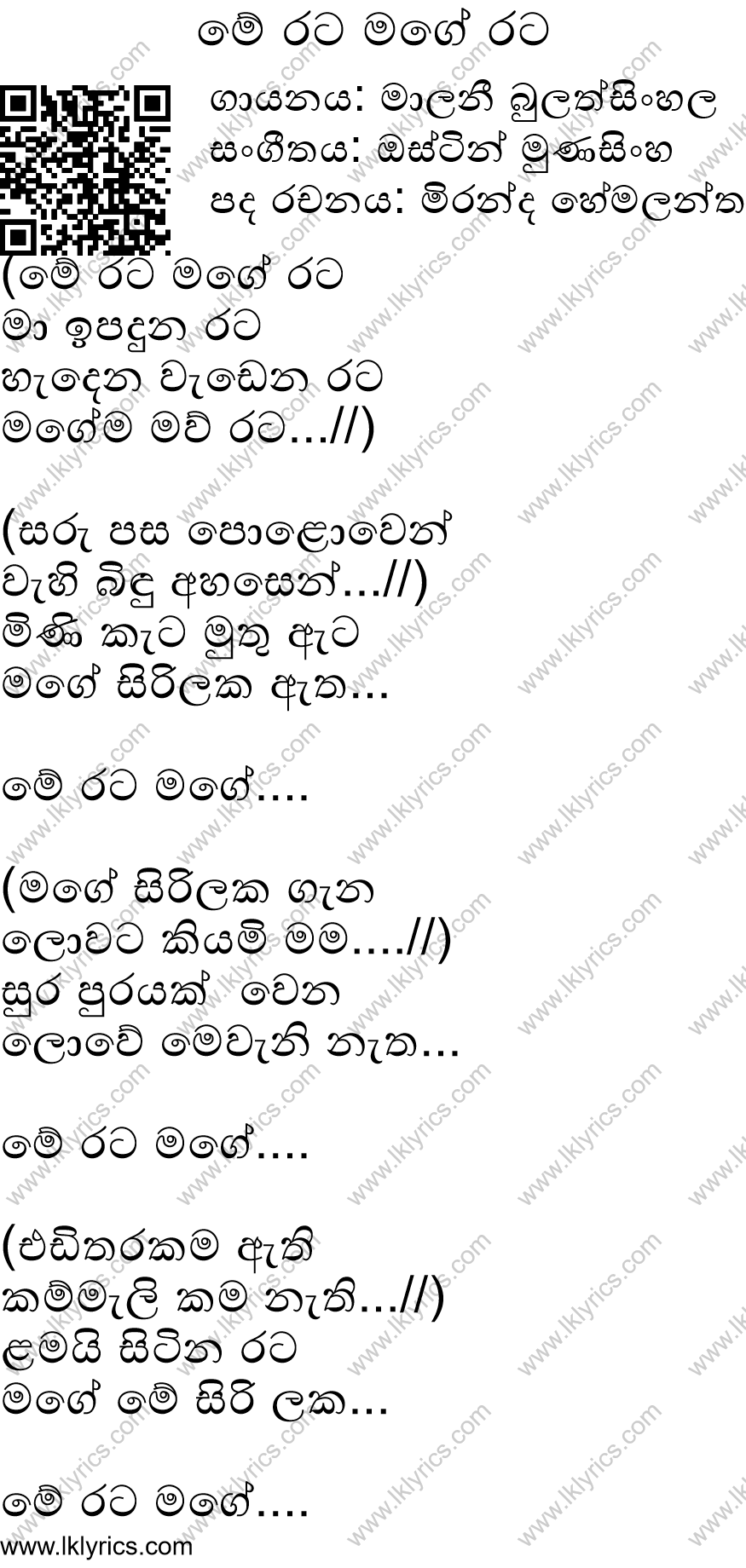
Google Trends is a trademark of Google LLC. The data used in this media release is a combination of ‘CBA transaction data’ and Google Trends™ data.

#I RATE IT WEAK PROFESSIONAL#
Before acting on the information in this media release, you should consider its appropriateness and, if necessary, seek appropriate professional or financial advice, including tax and legal advice. This media release has been prepared without taking into account your objectives, financial situation (including the capacity to bear loss), knowledge, experience or needs. To access this powerful insight into spending trends, visit: /hsiĭisclaimer: The information contained in this media release is published solely for informational purposes and provides general market-related information, and is not intended to be an investment research report. The CommBank HSI Index combines analysis of CBA payments data (Australia’s largest consumer spending data set covering approximately 40 per cent of payment transactions), loan application information and Google Trends publicly available search activity data. Higher childcare spending also indicates working parents are needing to work more hours to make ends meet,” Ms Allen said.įollowing last week’s Reserve Bank of Australia 25bp cash rate increase to 4.1 per cent, CBA’s economics team expects one further 25bp increase by the RBA in August to a peak rate of 4.35 per cent - with a potential additional rise in July. We’re seeing signs of people cutting spending where they can, for instance more people using public transport to get to work to save on petrol and car park costs. “Consumer spending is generally weak and we expect it will slow further given the RBA’s interest rate rises and with more on the horizon. However there was a real drop in discretionary spending following its weakness over recent months, with falls in travel and entertainment spending in May and both categories tracking lower than this time last year. The categories that generally fell the most in April rose the most in May.

“The strength of the CommBank HSI in May was partly driven by a bounce back after the string of public holidays in April including the Easter break. Retail spending was also soft, with food one of the only categories to increase while department store and clothing spending both fell.Ĭommonwealth Bank of Australia Senior Economist Belinda Allen said a decline in CommBank HSI Index’s annual growth rate to 4.7 per cent and below inflation of 6.8 per cent suggests real spending is falling - especially when strong population growth is taken into account. Tightness in consumer wallets was also reflected in continued weak discretionary spending, with a marked pullback in Travel spending (down 6.2 per cent) and Entertainment spending weak (down 8.4 per cent).

Recent ABS data shows the number of people holding multiple jobs edged to a record high in the March quarter. Higher childcare spending also suggests working parents are needing to work more hours to manage the increased cost of living. Continued growth in public transport spending reflected more employees returning to the office and saving money by leaving the car at home.


 0 kommentar(er)
0 kommentar(er)
